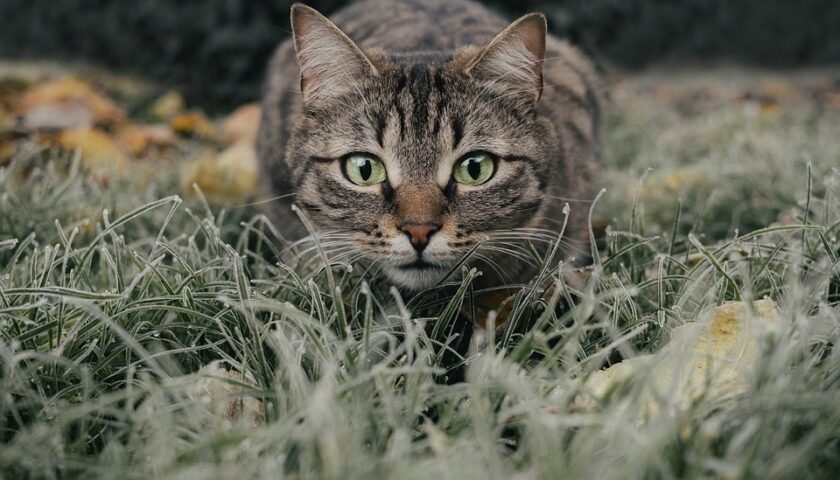[ad_1]
The Art of Socialization: Strategies for Encouraging Positive Dog Interactions
Socialization is a critical aspect of a dog’s overall development and well-being. It involves exposing your furry friend to various people, animals, environments, and situations in a positive and controlled manner. By doing so, you are helping them become confident, well-adjusted, and friendly dogs. Encouraging positive dog interactions not only enhances their social skills but also creates a harmonious bond between dogs and their human counterparts.
Here are some strategies to help you master the art of socialization and promote positive dog interactions:
1. Start Early: Puppies have a crucial socialization period, between the ages of 3 and 14 weeks, during which they are most receptive to new experiences. Introduce them to a wide range of people, including children, and other animals to help them build confidence and develop positive associations from a young age.
2. Positive Reinforcement: Reward-based training is essential for promoting positive interactions. Whenever your dog interacts politely with another dog or person, offer them praise, treats, or a favorite toy. Reinforcing good behavior will strengthen their positive associations and motivate them to seek out more friendly interactions.
3. Controlled Introductions: When introducing your dog to new dogs or people, it’s crucial to do so in safe and controlled environments. Start with well-behaved dogs that are known for their friendly demeanor to ensure a positive experience. Gradually increase the complexity of interactions as your dog becomes more confident.
4. Observe Body Language: Dogs communicate through body language, so it’s vital to understand their cues and respond accordingly. When your dog displays signs of fear, anxiety, or discomfort, such as growling, cowering, or trying to hide behind you, it’s important to remove them from the situation. Pay attention to their body posture, tail position, and facial expressions to gauge their comfort level.
5. Desensitization and Counterconditioning: If your dog exhibits fear or aggression towards certain stimuli, such as other dogs or loud noises, it’s essential to desensitize them gradually. Start by exposing them to these triggers at a distance where they remain calm, pairing the experience with positive reinforcement. Over time, gradually decrease the distance, always ensuring their comfort and rewarding positive behavior.
6. Controlled Playdates: Playdates with other dogs can be an excellent opportunity for socialization. However, it’s essential to choose dogs that are calm, well-behaved, and known to be good with others. Supervise the play closely and intervene if any rough or aggressive behavior arises. Remember, positive and controlled interactions are key to creating a positive association with other four-legged friends.
7. Ongoing Socialization: Socialization is an ongoing process throughout your dog’s life. Regularly expose them to new experiences, environments, and social situations to maintain their social skills. Enrolling them in obedience classes or group training sessions can provide an avenue for supervised socialization and further develop their positive interactions.
In conclusion, mastering the art of socialization requires a patient and proactive approach, focusing on positive reinforcement and controlled introductions. By exposing your dog to various experiences and providing a safe and positive environment, you are setting the foundation for a confident, well-socialized, and friendly companion. Remember to always prioritize your dog’s comfort, monitor their body language, and intervene when necessary to ensure that their interactions remain positive and enjoyable.
[ad_2]




